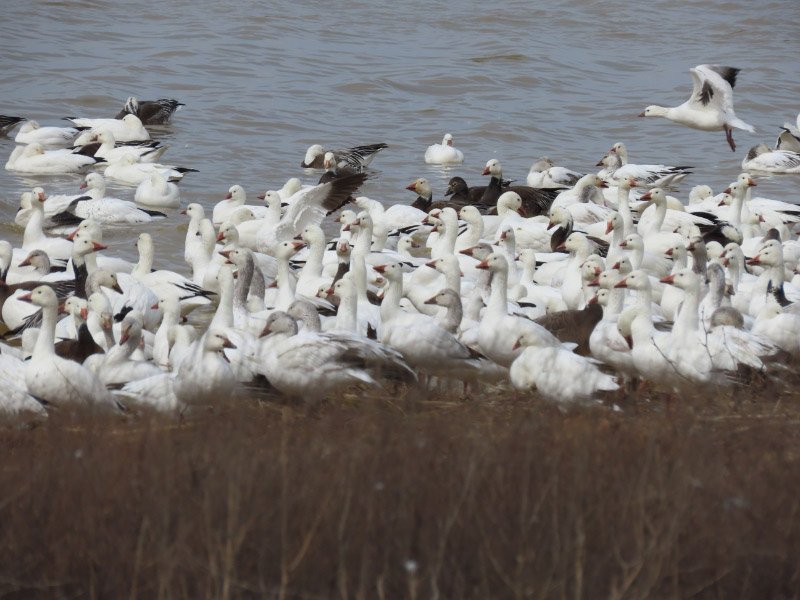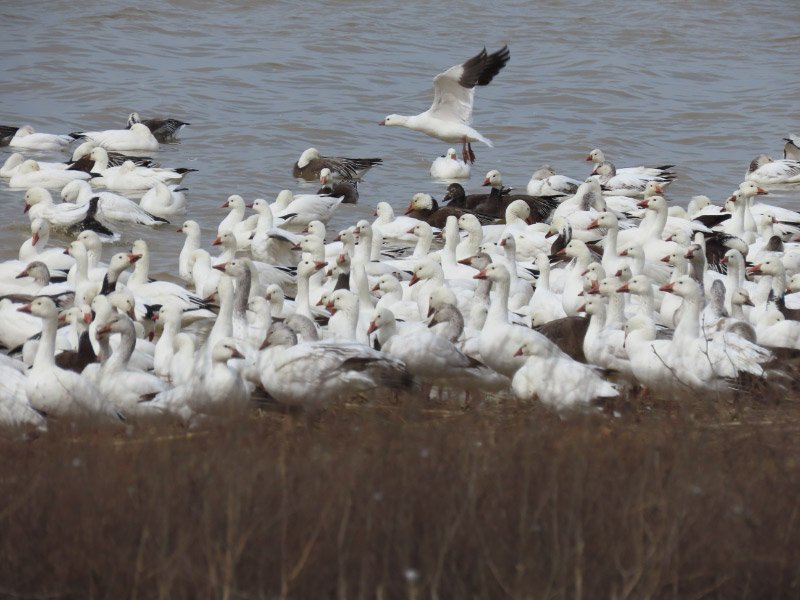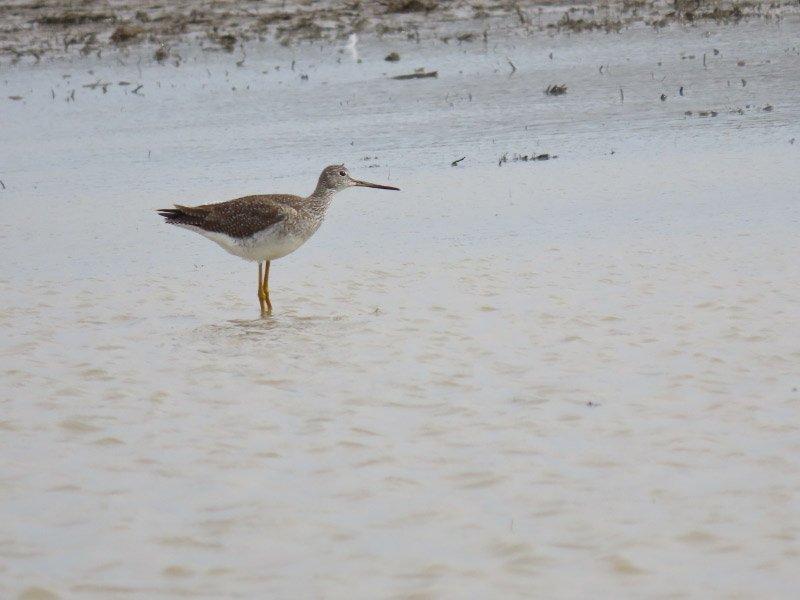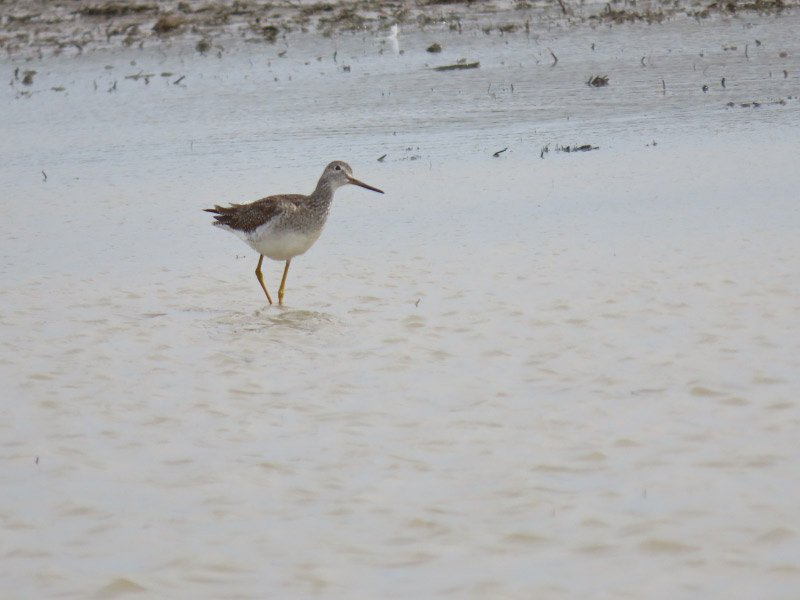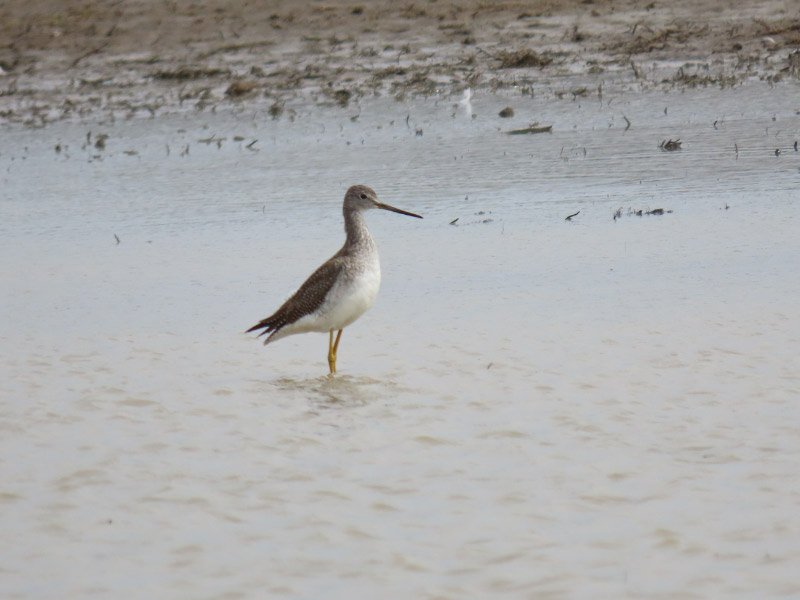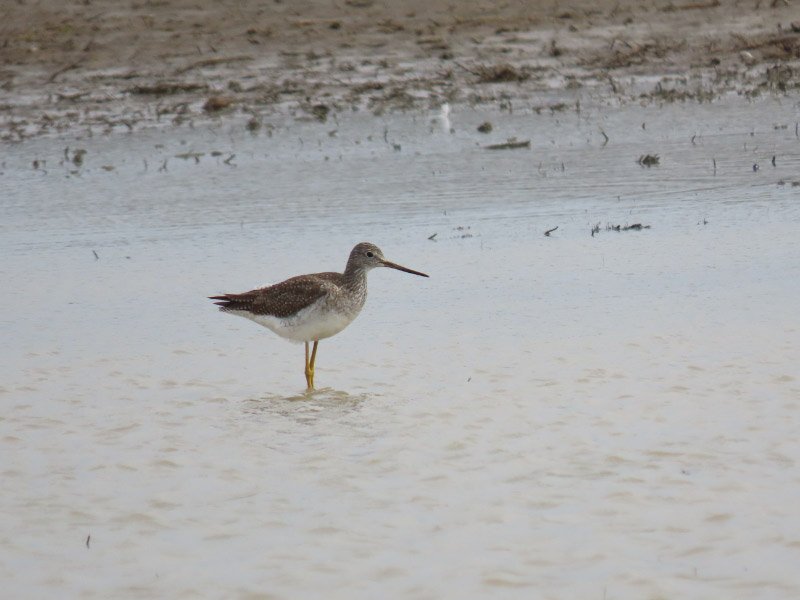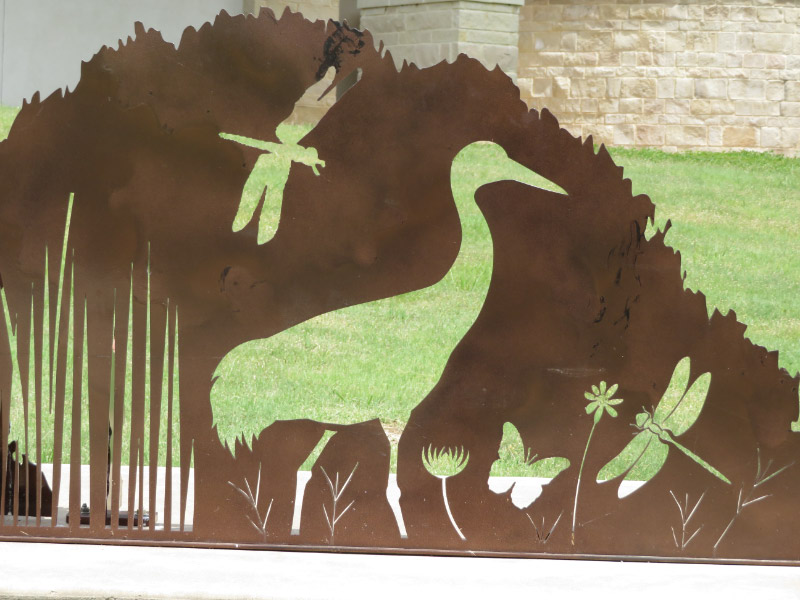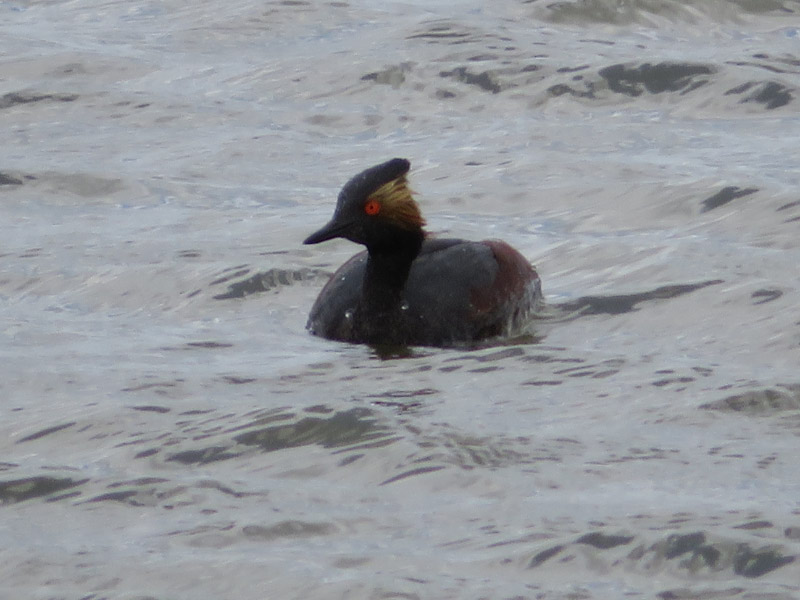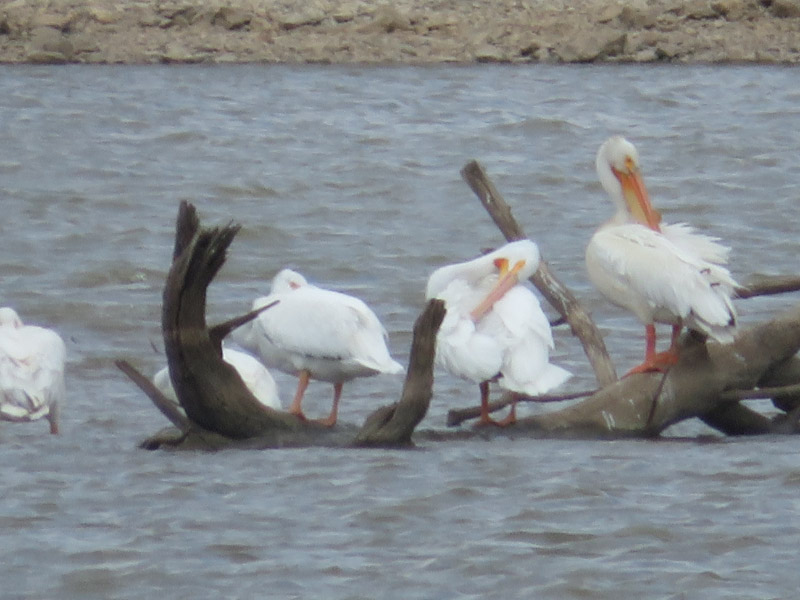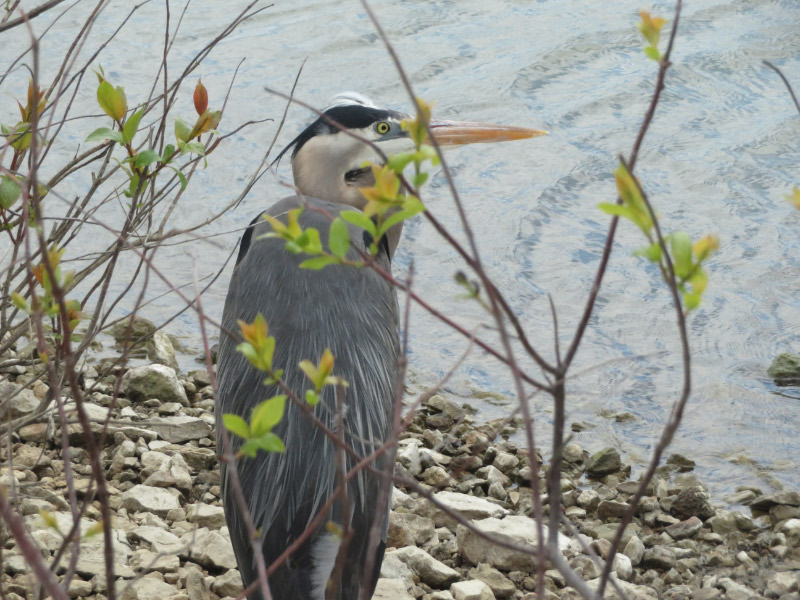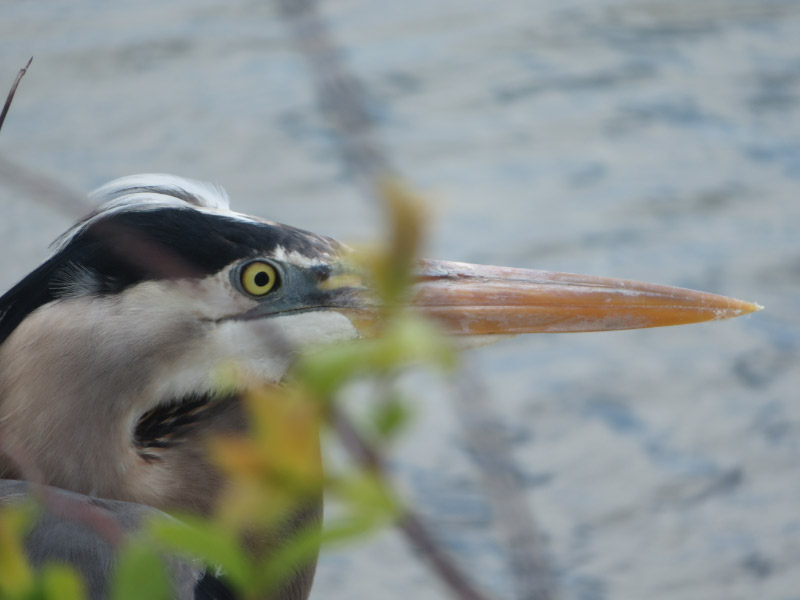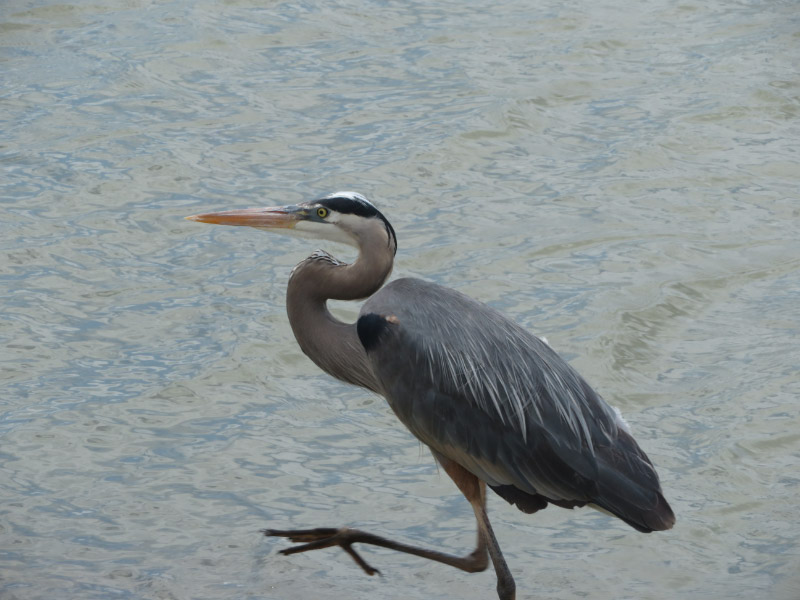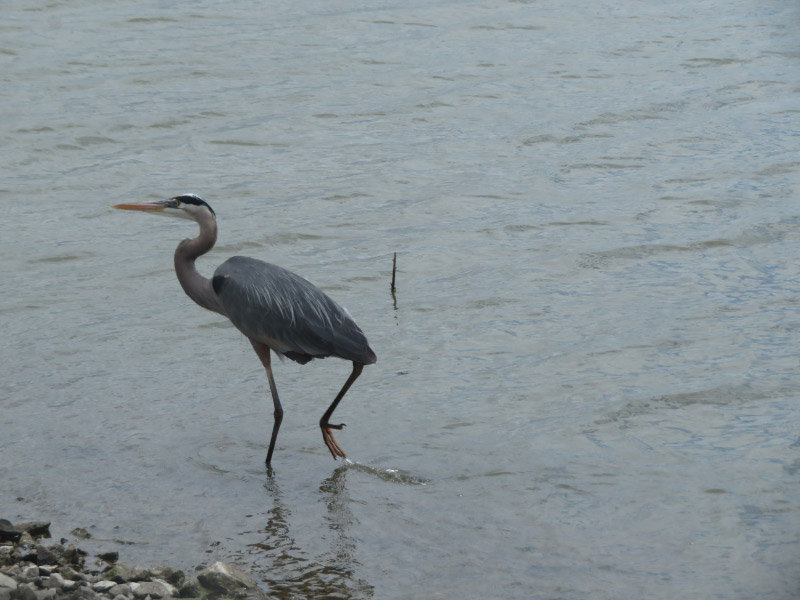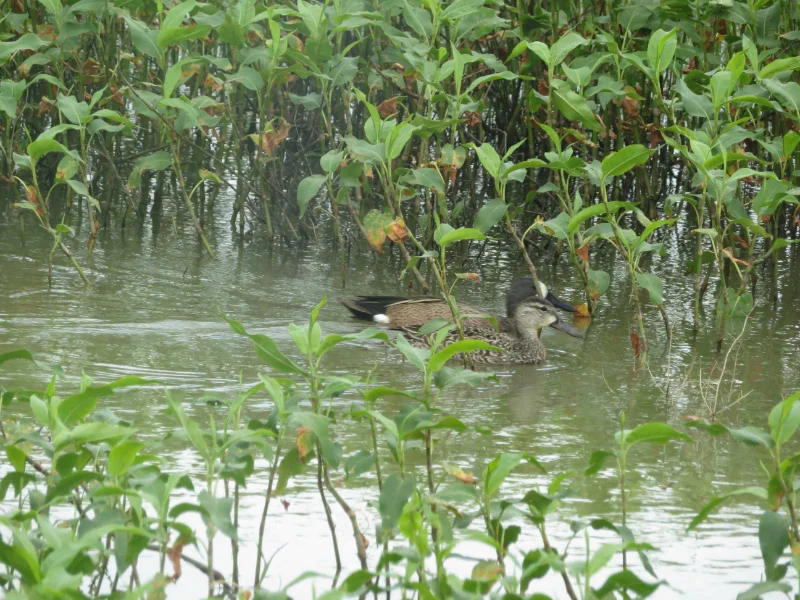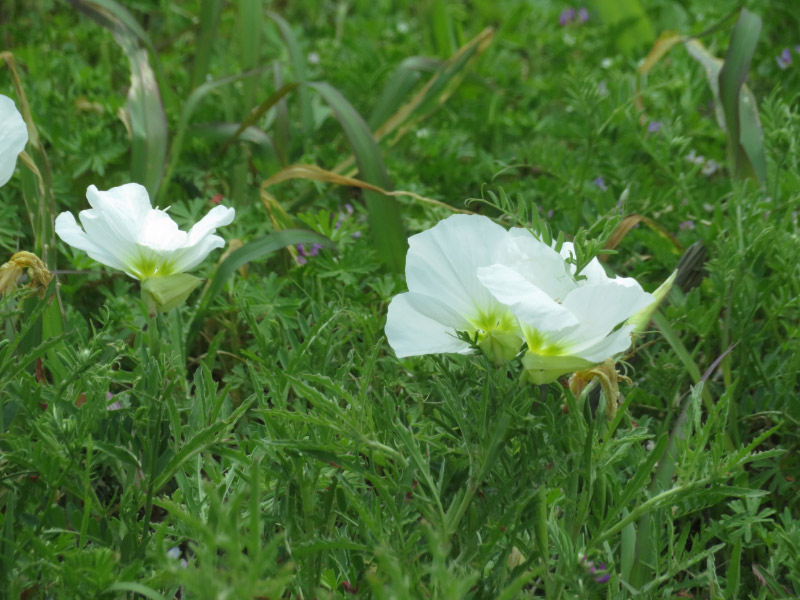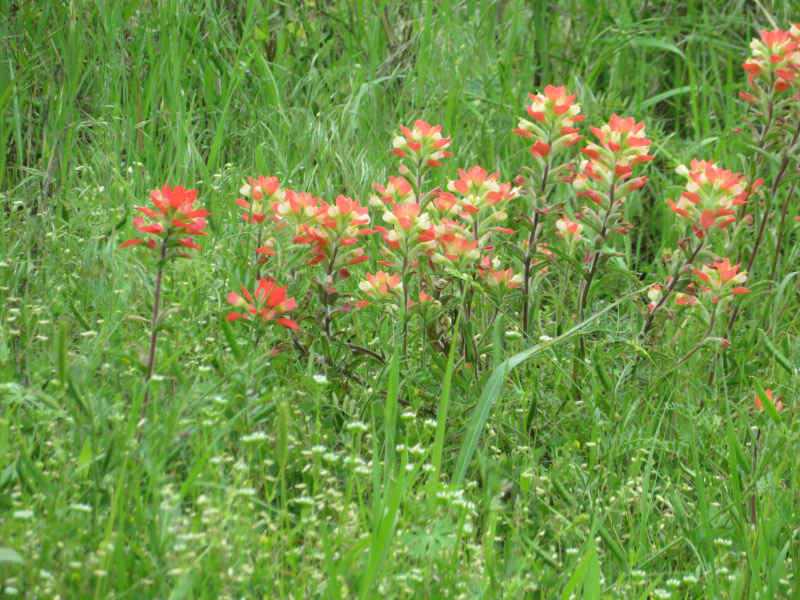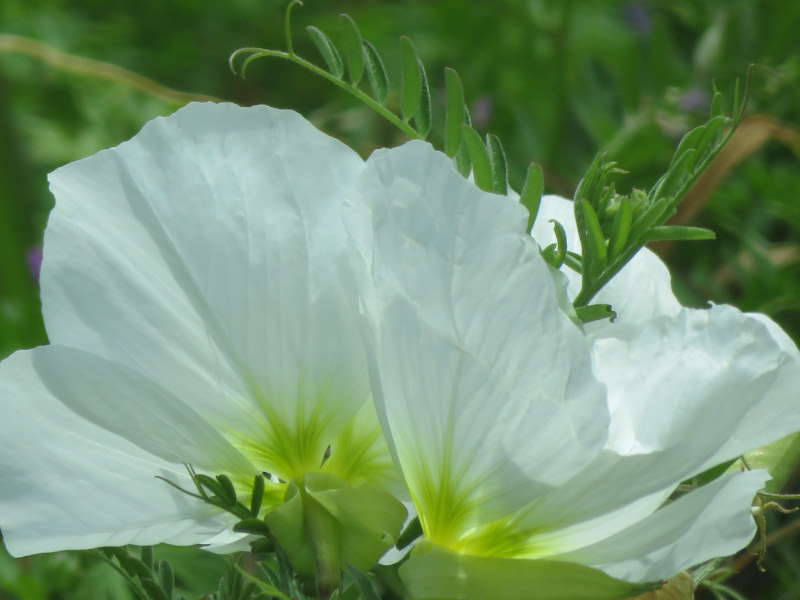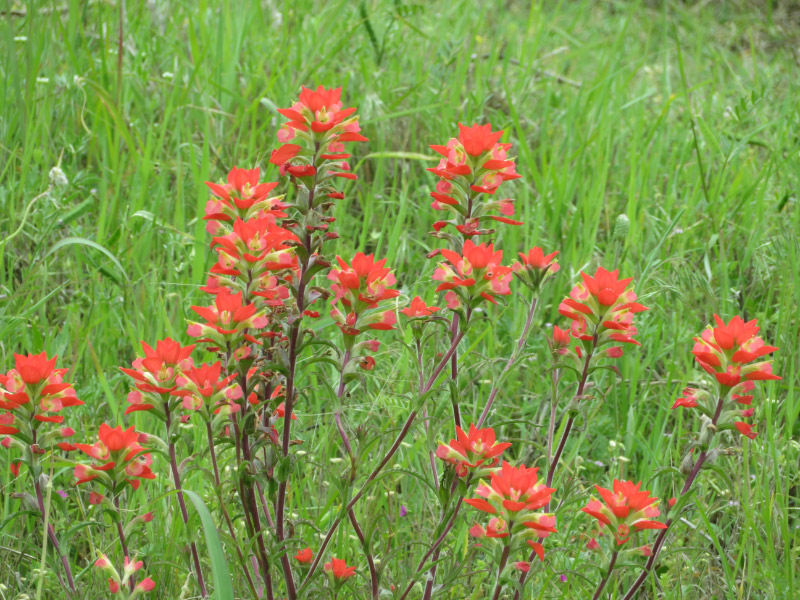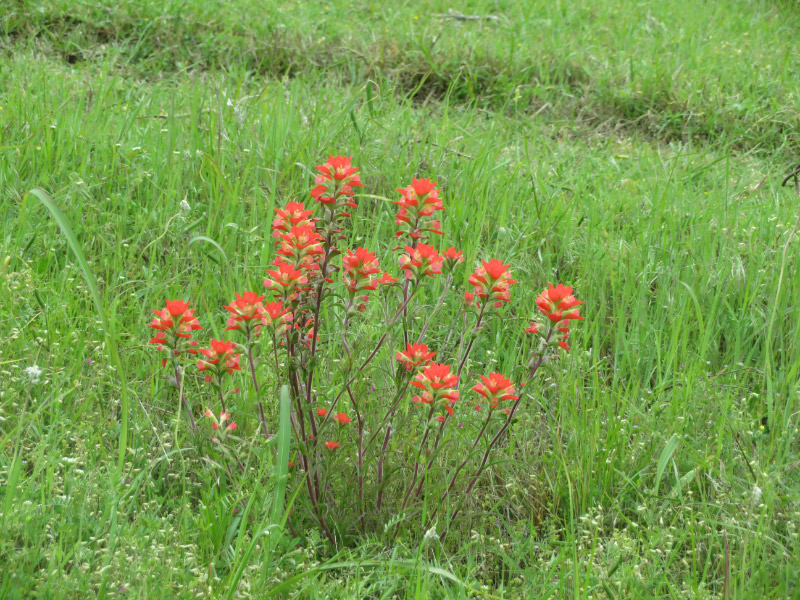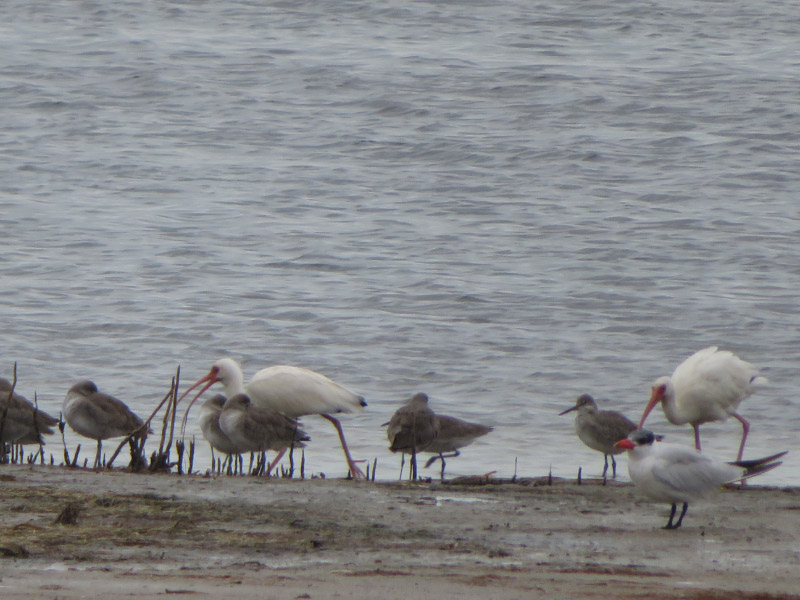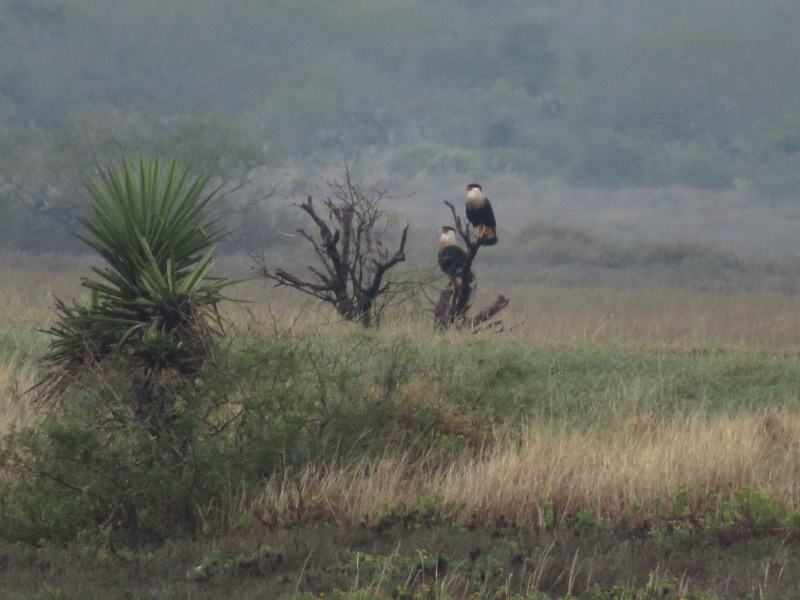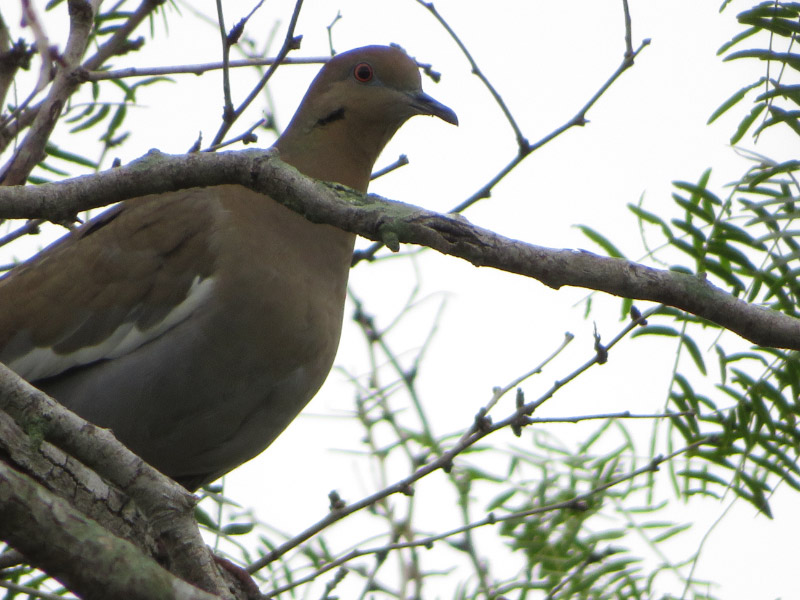Hagerman National Wildlife Refuge – February 2023
/I drove around the wildlife loop at Hagerman National Wildlife Refuge in late February on my way down to Carrollton TX. The snow geese were still there. It seemed like there were more than the usual numbers of the darker morphs.
I managed to catch one goose flying across the frame. Notice the way the wing tips/feathers move.
The pintails were there as well although there didn’t seem to be as many as on previous visits.
Canada Geese and at least one Great Blue Heron always seem to be around.
I took a picture of an active grasshopper pump – practicing with some foreground blur.
The Greater Yellowlegs seems to always be in the same bit of water when I am there!
As I stopped at the visitor center, I noticed a sumac near where I parked and opted to take some macro images of the seed pods. They look a little like grapes…until the fuzziness becomes visible in the higher magnification.
I am anticipating a lot of changes by the time I make the March road trip to Carrollton….





